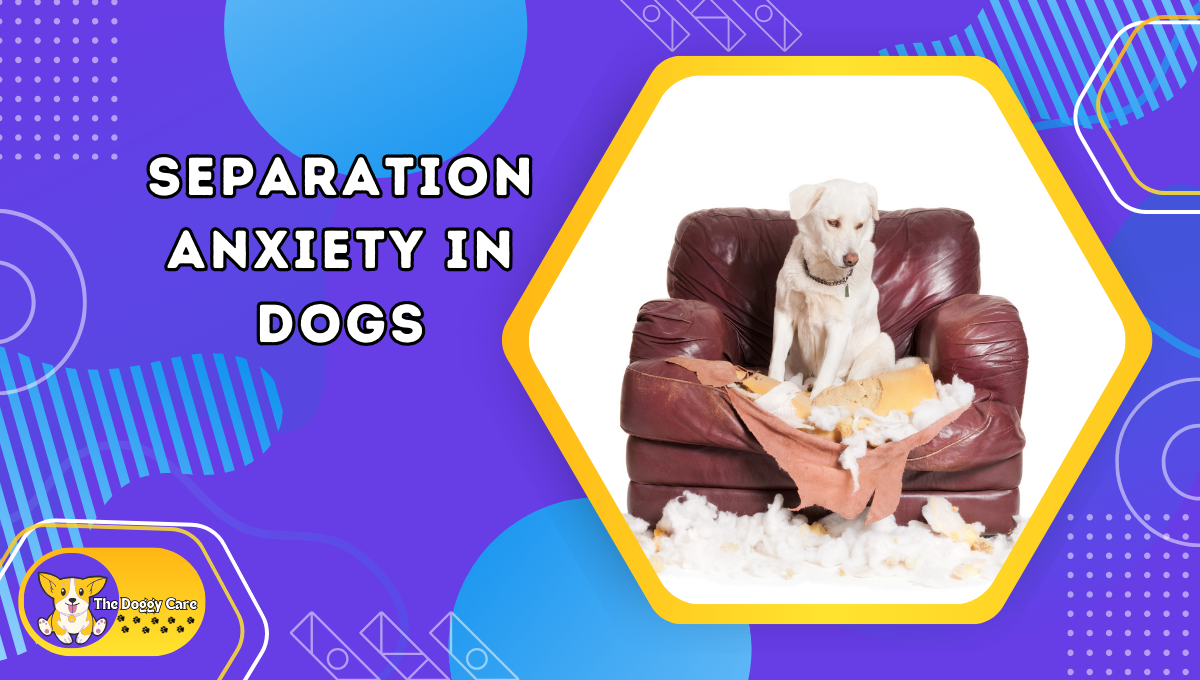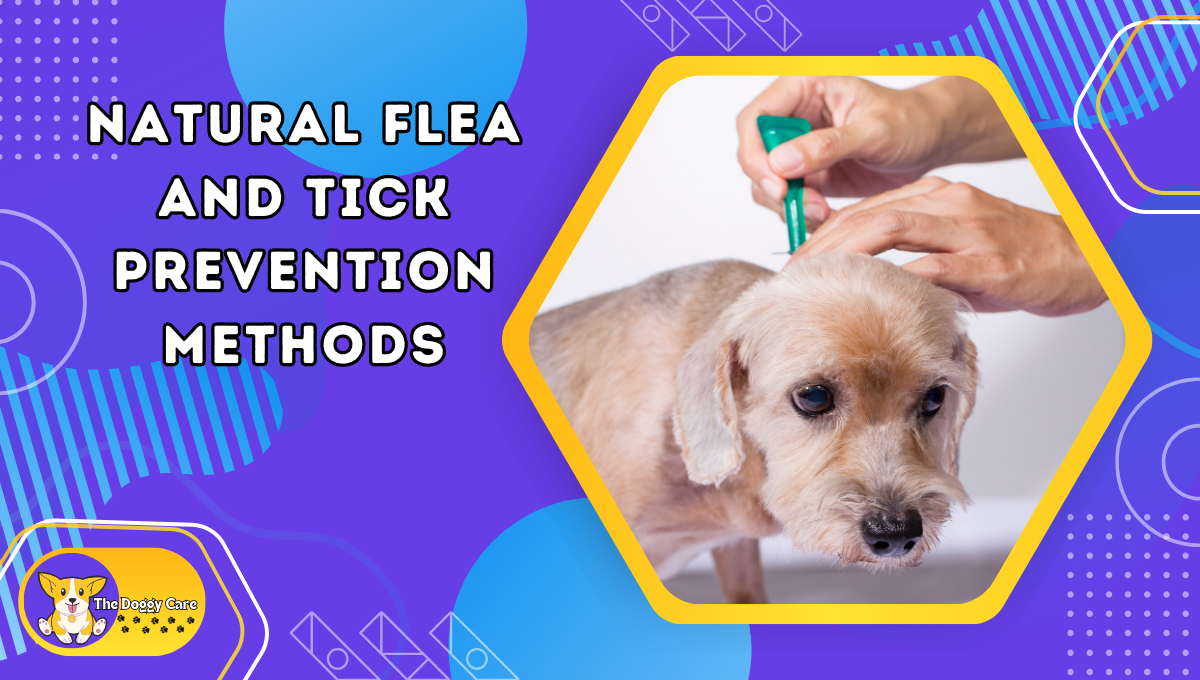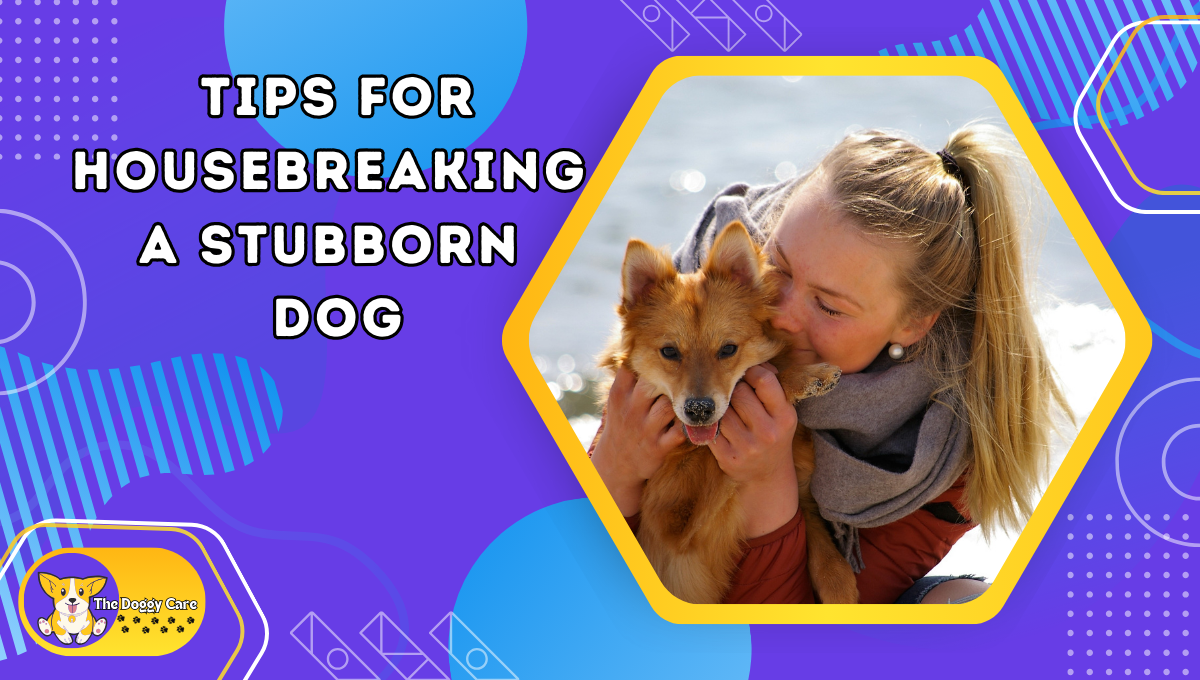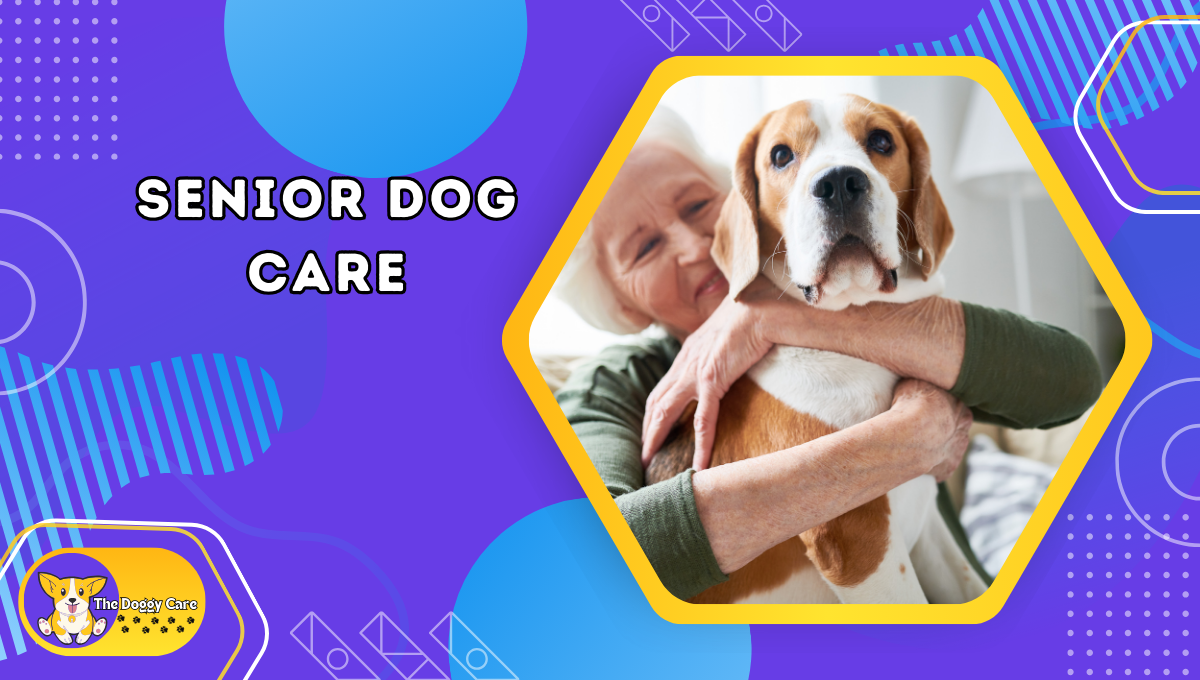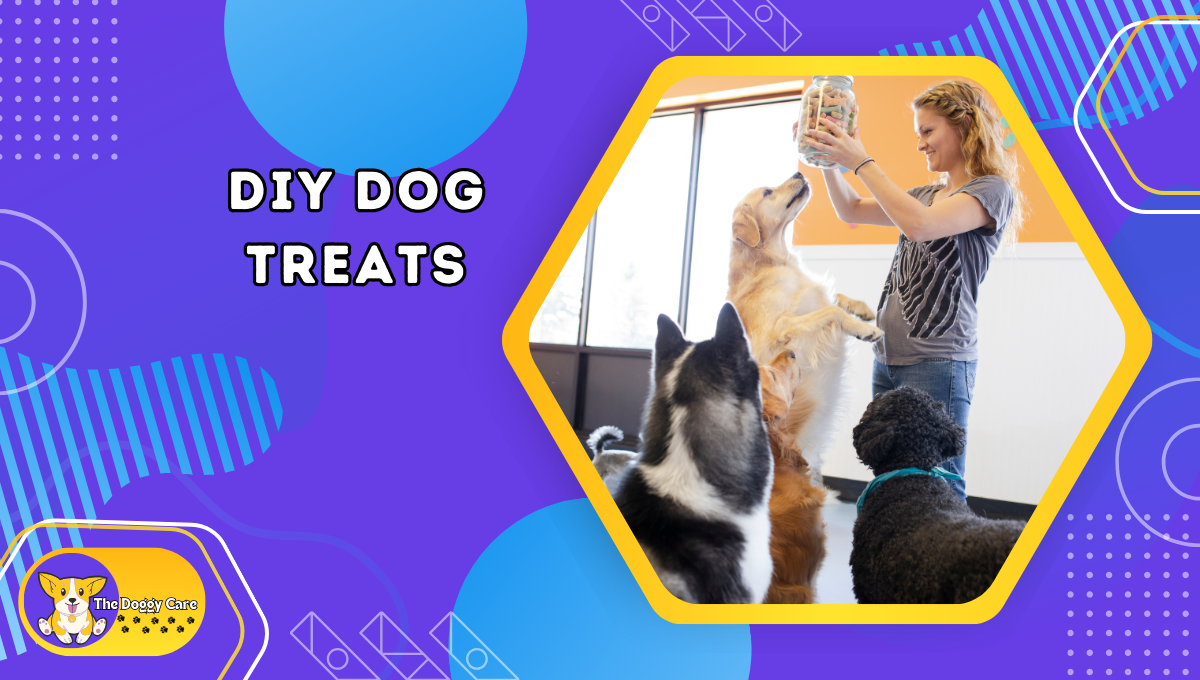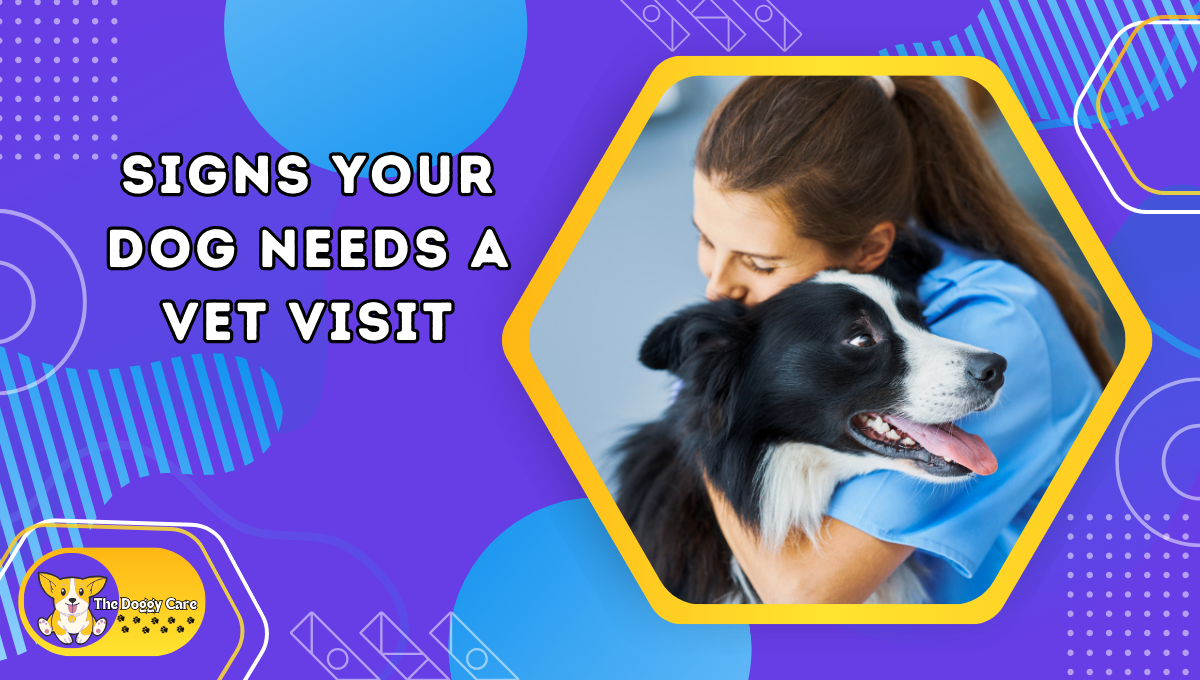Contents
- 1 Separation Anxiety in Dogs: How to Help Your Dog Cope with Being Alone, Training techniques and tips to reduce anxiety.
Separation Anxiety in Dogs: How to Help Your Dog Cope with Being Alone, Training techniques and tips to reduce anxiety.
Introduction
Separation anxiety in dogs is a typical conduct issue that many pet people face. According to the American Culture for the Avoidance of Savagery to Creatures (ASPCA), around 20-40% of dogs in the U.S. experience the ill effects of separation anxiety, making it one of the leading purposes behind disastrous ways of behaving when let be. Dogs with separation anxiety might display signs like barking, whining, damaging chewing, or in any event, attempting to get away from the home. This condition can be distressing for both the canine and the proprietor, yet with the right methodologies, it very well may be overseen.
This blog will investigate the subject of separation anxiety in dogs, how to assist your canine with coping with being distant from everyone else, and training strategies that can lessen anxiety. Whether you have another little dog or a more established canine experiencing anxiety interestingly, understanding how to address separation anxiety is fundamental for fostering a quiet and cheerful climate for your pet.
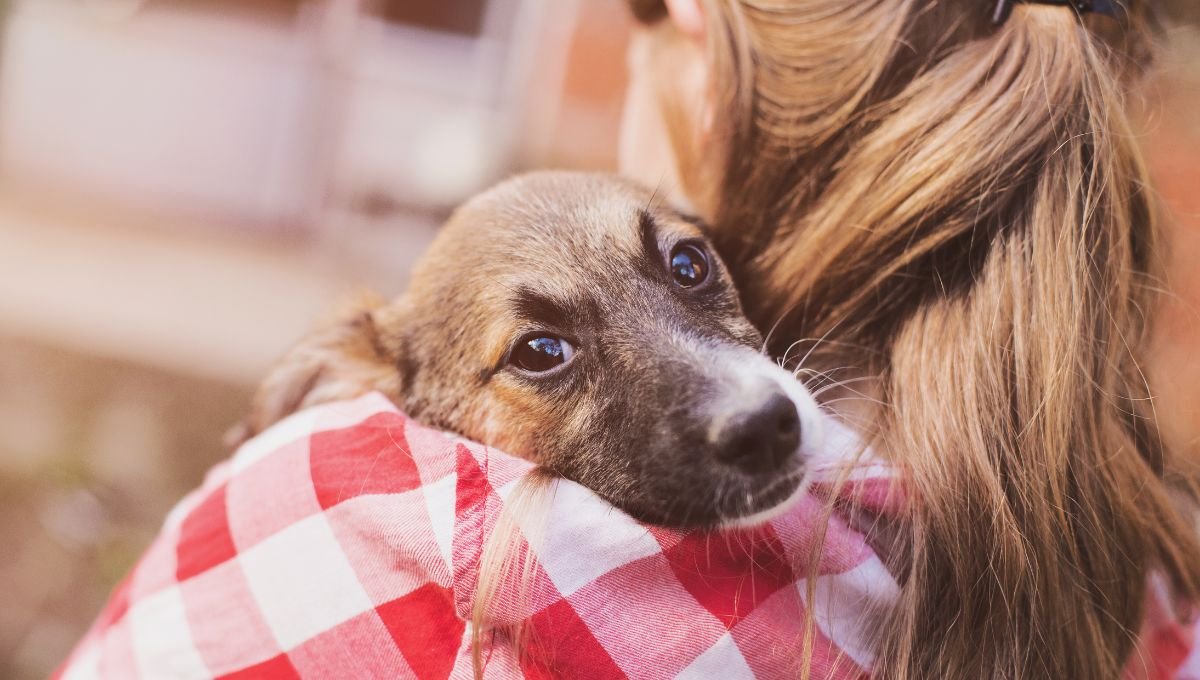
Understanding Separation Anxiety in Dogs
Separation anxiety in dogs happens when a canine turns out to be excessively upset when let be or isolated from their proprietor. Dogs are normally friendly creatures, and keeping in mind that it’s typical for them to miss their proprietors when separated, separation anxiety can prompt unnecessary ways of behaving that are hard to make due.
Normal indications of separation anxiety include:
- Exorbitant barking or howling when let be
- Horrendous ways of behaving, like chewing on furnishings, shoes, or entryways
- Pacing or anxiety
- Endeavors to get away or scratch at entryways and windows
- Urinating or defecating indoors, in any event, when house-trained
- Drooling or panting exorbitantly
Whenever left untreated, separation anxiety can be demolished over the long haul, leading to additional serious ways of behaving. It’s essential to comprehend the underlying driver of the anxiety and do whatever it may take to assist your canine with feeling safer when alone.
Why A few Dogs Experience Separation Anxiety
There are a few motivations behind why dogs might foster separation anxiety. At times, it’s linked to a horrible mishap, for example, being rehomed, losing a friend, or experiencing an adjustment of routine. Dogs that are profoundly reliant upon their proprietors or have never been let be may likewise be more inclined to develop anxiety.
Also, certain canine varieties are more vulnerable to separation anxiety because of their hereditary inclinations. Breeds, for example, Labrador Retrievers, Boundary Collies, and German Shepherds will quite often major areas of strength for frame with their proprietors and may encounter anxiety when let be.

Training Methods to Diminish Separation Anxiety
1. Make a Place of refuge
Quite possibly the earliest move toward managing separation anxiety in dogs is to make a protected and agreeable space for your canine to withdraw to when let be. A comfortable case or a particular room in the house can act as their “nook,” offering a conviction that all is good. Begin by placing their #1 bed, toys, and water bowl in this space.
Introduce your canine to the space progressively, allowing them to connect it with positive encounters. The objective is to assist them with feeling open to being distant from everyone else in this space without associating it with dread or stress.
2. Practice Progressive Takeoffs
Dogs with separation anxiety can become restless when they notice signs that their proprietor is going to leave, like picking up keys or putting on a coat. To assist your canine with becoming less delicate to these prompts, practice steady takeoffs. Begin by mimicking the ways of behaving related to leaving, such as putting on shoes, yet without really leaving the house. This will assist with desensitizing your canine to the pre-takeoff routine.
Then, work on leaving your canine alone for brief periods, starting with only a couple of moments and steadily increasing the time. Reward your canine with treats and acclaim when they remain quiet during your non-attendance. Steady practice can assist with building their resistance to being distant from everyone else.
3. Utilize Uplifting feedback
Uplifting feedback is an incredible asset in reducing separation anxiety in dogs. At the point when your canine acts serenely in your nonappearance or during training works out, offer treats, toys, or verbal applause. Reinforcing acceptable conduct helps construct your canine’s certainty and instructs them that being distant from everyone else is not a negative encounter.
Try not to rebuff your canine for a restless way of behaving, as this can increase their anxiety and harm the connection between you. Instead, centers around rewarding without a care-in-the-world way of behaving whenever the situation allows.
4. Give Mental Feeling
Fatigue can intensify separation anxiety, so it’s critical to keep your canine intellectually invigorated when you’re nowhere to be found. Puzzle toys, treat-dispensing toys, and interactive games can give mental commitment and divert your canine from their anxiety.
Bite toys are likewise perfect for relieving pressure, as chewing is a characteristic calming conduct for dogs. By keeping your canine entertained, you can assist with reducing feelings of loneliness and anxiety during your non-attendance.
5. Practice Independence Training
Dogs with separation anxiety frequently follow their proprietors from one space to another, never wanting to be separated. Teaching your canine to be independent is a significant piece of managing anxiety. Begin by encouraging your canine to remain in a different room while you’re home, step by step increasing the distance between you and your canine.
Use orders like “remain” or “pause” to train your canine to remain quiet in one region while you move around the house. By teaching your canine that it’s OK to be distant from everyone else, you can decrease their dependence on your steady presence.

Tips to Assist Your Canine With coping with Being Separated from everyone else
1. Keep Flights and Appearances Calm
While leaving or returning home, trying not to overemphasize your comings and goings is significant. Invigorated greetings or profound farewells can increase your canine’s anxiety, as they begin to connect your appearance or takeoff with uplifted feelings. Instead, remain quiet and nonpartisan while leaving or arriving.
2. Lay out a Routine
Dogs flourish with routine, and establishing a reliable day-to-day timetable can assist with reducing separation anxiety in dogs. Set customary times for feeding, walking, recess, and rest. A routine furnishes your canine with a feeling of consistency, reducing the uncertainty that frequently fills anxiety.
3. Think about Calming Helps
At times, calming helps like pheromone diffusers, calming restraints or anxiety wraps (like a ThunderShirt) can assist with soothing dogs with gentle separation anxiety. These items work by releasing calming fragrances or applying delicate strain that mirrors an embrace, which can assist dogs with feeling safer.
Consulting with your veterinarian is consistently really smart if you’re considering using calming help or on the other hand assuming your canine’s anxiety is extreme. They might suggest extra arrangements like regular enhancements or medicine in outrageous cases.
Normal Errors to Stay Away from
1. Rushing the Training System
Tolerance is key when addressing separation anxiety in dogs. Rushing the training system can overpower your canine, making their anxiety more terrible. Set aside some margin to work at your canine’s speed, slowly increasing the time they burn through alone and using encouraging feedback reliably.
2. Inconsistency in Training
Consistency is vital while managing separation anxiety. Adhere to your training routine, practice every day, and maintain reliable assumptions. Dogs flourish with clear and reliable correspondence, and sticking to your arrangement will assist them with feeling safer.
Separation anxiety can be a challenging issue, however, with the right systems and steady training, you can assist your canine with learning to adapt to being distant from everyone else. By understanding separation anxiety in dogs and using training methods that advance independence, you can cultivate a quieter, more joyful climate for your dearest pet.

